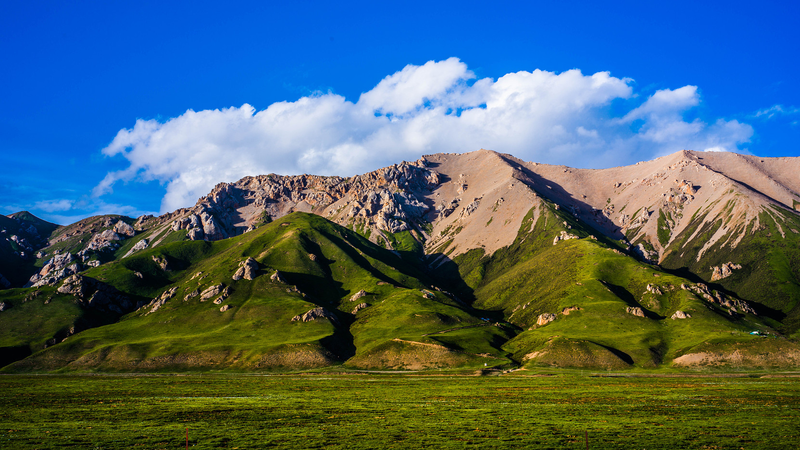Under the clear spring skies of Xining, a team of researchers set out on a groundbreaking scientific expedition to Mount Anyemaqen, a pivotal conservation site at the cradle of one of the world's great rivers.
Nestled in the Golog Tibetan Autonomous Prefecture of Qinghai Province, Mount Anyemaqen stands as the largest snow-capped peak in the Yellow River source area, boasting over 40 glaciers and more than 100 square kilometers of ice coverage. These glaciers feed the high-altitude lakes that give rise to the 5,464-kilometer journey of the Yellow River.
Led by experts from the Sanjiangyuan Ecological Protection Foundation, the Three-River-Source National Park administration and Qinghai Normal University, the mission will monitor shifts in glacier mass, permafrost dynamics and water resources. Their findings aim to guide long-term ecological protection and restoration strategies for the basin.
"With global warming, the glaciers of Mount Anyemaqen are experiencing profound changes," explains Hou Guangliang from Qinghai Normal University. "We're witnessing declining surface elevations, rapidly retreating glacier tongues and more frequent ice avalanches."
By combining field observations with data analytics, the team hopes to build resilient models of local water cycles, bolstering efforts to safeguard water security and biodiversity across the Yellow River basin amid a warming climate.
From its source in Qinghai, the Yellow River carves a path through eight provinces and regions (including Sichuan, Gansu and Inner Mongolia) before flowing through Shandong and emptying into the Bohai Sea. As climate pressures mount worldwide, insights from this expedition will play a vital role in sustaining this lifeline for millions.
Reference(s):
China launches scientific expedition to headwaters of Yellow River
cgtn.com



